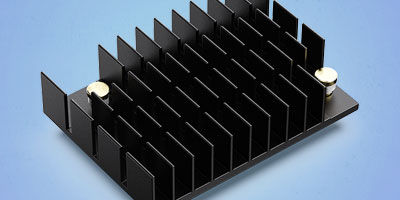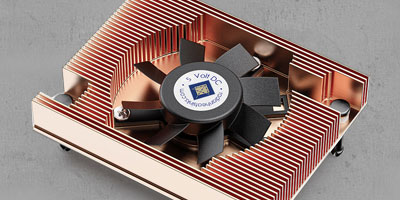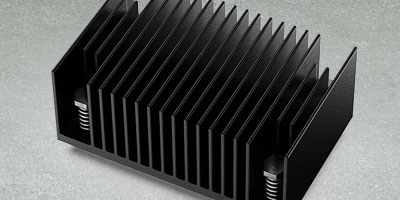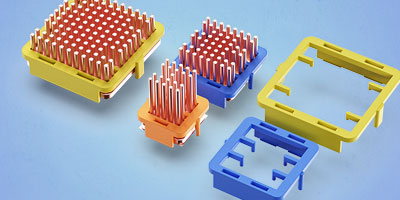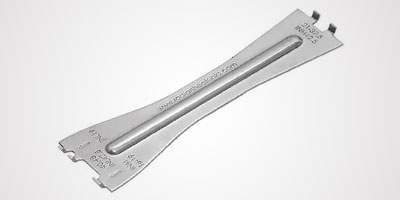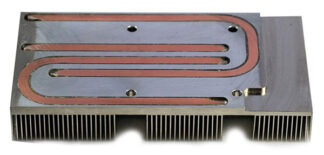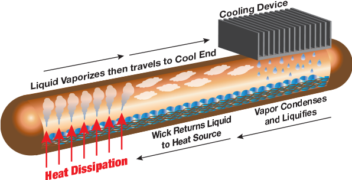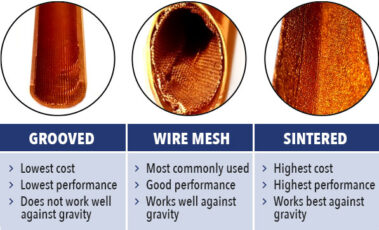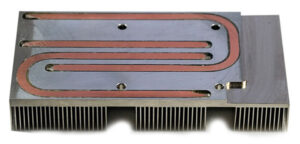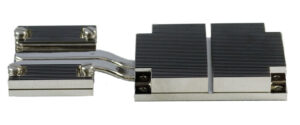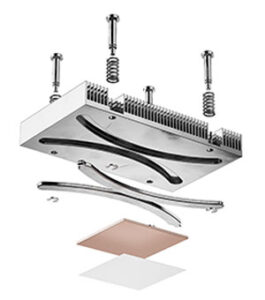A Heatpipe is a sealed copper tube that is under vacuum, and can transfer heat rapidly away from the source. The High thermal conductivity enables a heat pipe to transfer, and dissipate heat to a more convenient location through a capillary action. This effect is similar to placing a paper towel in coffee, and watching the fluid rise up the paper towel. Heat pipes are available in various shapes and sizes.. The can be flat or round, and can be formed to fit most contours.
We are a leading heatpipe heatsink manufacturer with years of experience designing and producing high-quality cooling systems for electronic devices.
